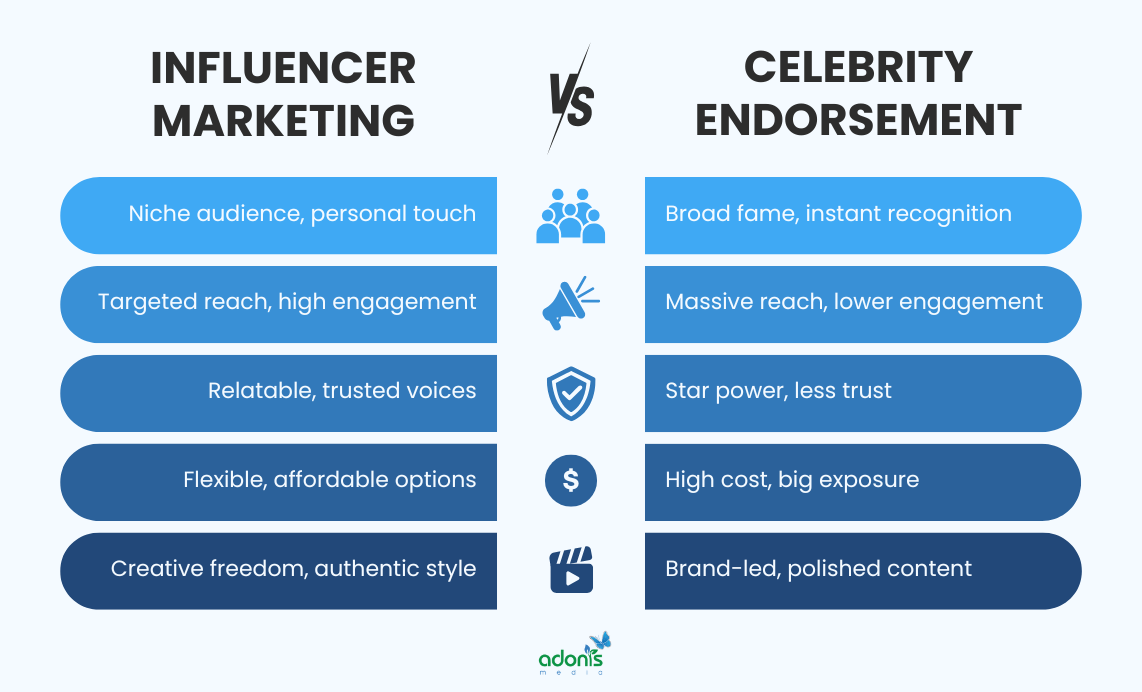The way people find you is changing. Fast. It’s no longer just about typing “plumber near me” into a search bar. Now, they’re looking up from a messy sink, hands full, and asking their phone: “Hey Siri, find an emergency plumber near me.”
Voice search is here, and for local service businesses—plumbers, electricians, landscapers, roofers—it’s not some far-off future trend. It’s the new front door to your shop. And if that door is locked, well, you’re missing a flood of potential customers. Let’s dive into how you can not just unlock it, but roll out the welcome mat.
Why Voice Search is a Game-Changer for Local Services
Think about the intent behind a voice search. Someone isn’t just casually browsing; they have an immediate, often urgent, need. A leaking pipe. A blown fuse. A tree branch threatening to crash through the window. Their query is a cry for help, and the digital assistant is their first responder.
This creates an incredible opportunity. You see, voice search results are brutally competitive in a different way. They don’t give you ten blue links. They typically offer just one, maybe three, responses. It’s the ultimate “position zero” or featured snippet. You’re either the answer, or you’re invisible.
How People Actually Talk to Their Devices
This is the core of it all. Typed queries are often short and keyword-stuffed. Spoken queries are, well, human. They’re conversational, long-tail, and almost always include a local modifier.
| Typed Search | Voice Search |
| electrician Boston | “Okay Google, who’s the best electrician in Boston for installing a ceiling fan?” |
| dog groomer open now | “Alexa, find a dog groomer near me that’s open right now.” |
| HVAC repair cost | “Hey Siri, what’s the average cost to repair a furnace in the winter?” |
Hear the difference? The voice queries are specific, question-based, and packed with intent. They’re not just looking for information; they’re looking for a solution, and they need it now.
A Practical, Actionable Voice Search Game Plan
Alright, here’s the deal. Optimizing for voice isn’t about reinventing your entire SEO strategy. It’s about refining it for how people naturally speak. It’s the difference between writing a technical manual and having a helpful conversation over the fence.
1. Own Your Local Listings Like Your Life Depends on It
Honestly, if you do nothing else, do this. Voice assistants pull heavily from Google Business Profile (GBP), Apple Maps, and other local data aggregators. Your NAP—Name, Address, Phone number—must be consistent, accurate, and everywhere.
- Claim and completely fill out your Google Business Profile. This is non-negotiable. Every single field. Hours, services, photos, the Q&A section—all of it.
- Get your citations consistent. Use a tool like Moz Local or BrightLocal to check that your business name, address, and phone number are identical across Yelp, Yellow Pages, Bing Places, you name it. Inconsistency confuses algorithms, and confused algorithms skip your business.
- Collect and respond to reviews. Positive reviews are social proof that screams “this is a trustworthy business!” to both customers and search engines.
2. Become the Answer to a Question
This is where your website content comes in. You need to create content that directly answers the questions your potential customers are asking out loud.
Start by brainstorming. What would someone ask when they need your service? Think about the stages: the panic (emergency), the research (cost, options), and the decision (reviews, availability).
- Create an FAQ page that answers these questions in a natural, conversational tone. Don’t just write “Service Pricing.” Write “How much does it cost to repair a water heater?” and then answer it fully.
- Write blog posts that target question-based keywords. “What are the signs I need a new roof?” or “How often should I service my HVAC system?”
- Structure your answers clearly. Use headers, short paragraphs, and—this is key—try to provide a concise, direct answer right at the beginning. That’s the snippet Google’s AI loves to grab.
3. Think “Mobile-First” But Really, “Mobile-Only”
The vast majority of voice searches happen on mobile devices. If your website takes five seconds to load or isn’t easy to navigate with a thumb, you’ve already lost. It’s like having a “Closed” sign on that shiny new front door. Google will penalize slow sites, and users will bounce faster than you can say “call now.”
4. Schema Markup: The Secret Handshake
This sounds technical, but stick with me. Schema markup (or structured data) is a code you add to your website that tells search engines exactly what your content is about. It’s like giving them a perfectly organized dossier on your business.
For a local service business, implementing LocalBusiness schema is huge. It explicitly tells Google your business name, address, phone number, hours, price range, and the services you offer. This makes it incredibly easy for a voice assistant to confidently pull your information and present it as the answer.
The Human Touch in a Digital World
At the end of the day, all this optimization is for one purpose: to connect a human in need with your human expertise. The goal isn’t just to rank. It’s to be the helpful, trustworthy voice that provides a solution in someone’s moment of stress.
So as you tweak your Google Business Profile and craft your FAQ pages, keep that person in mind. The one with the leaky faucet keeping them up at night. Your words, optimized for their voice, could be the one that finally lets them sleep easy.


